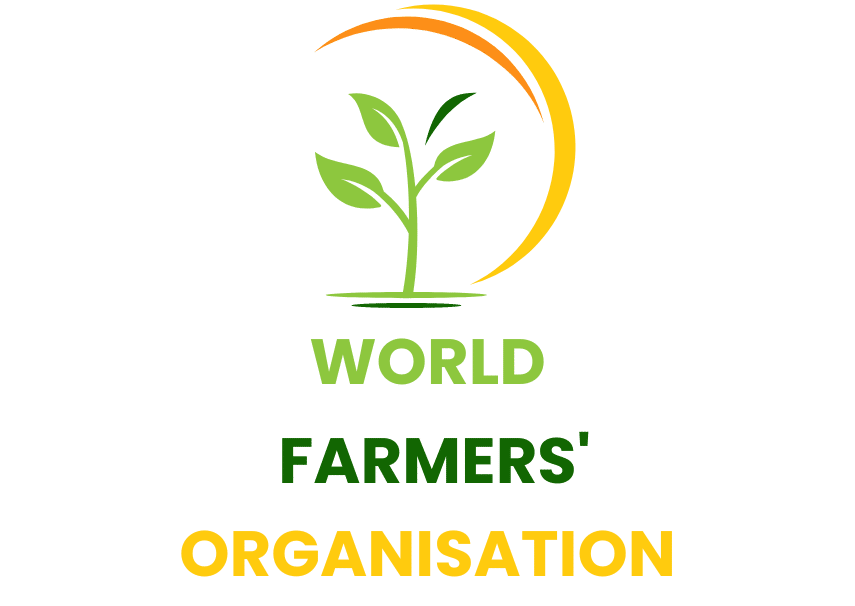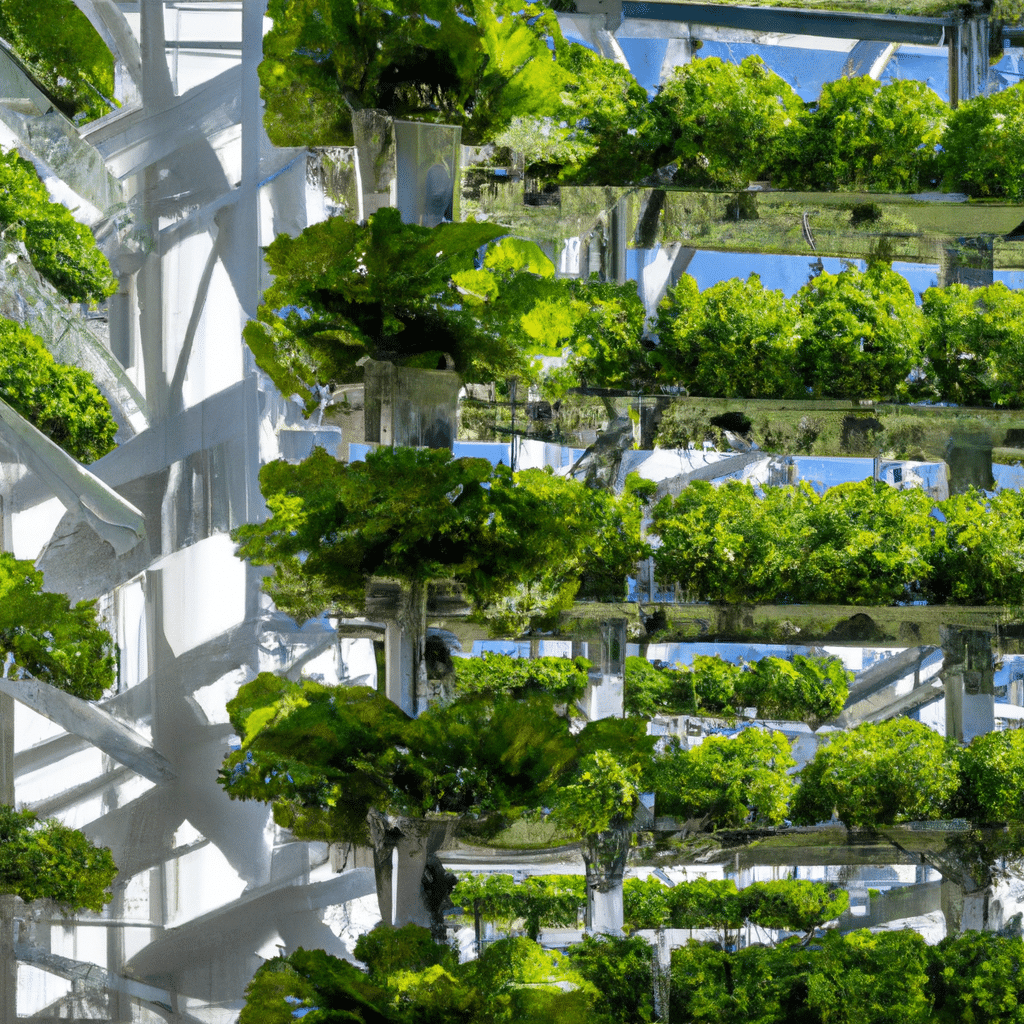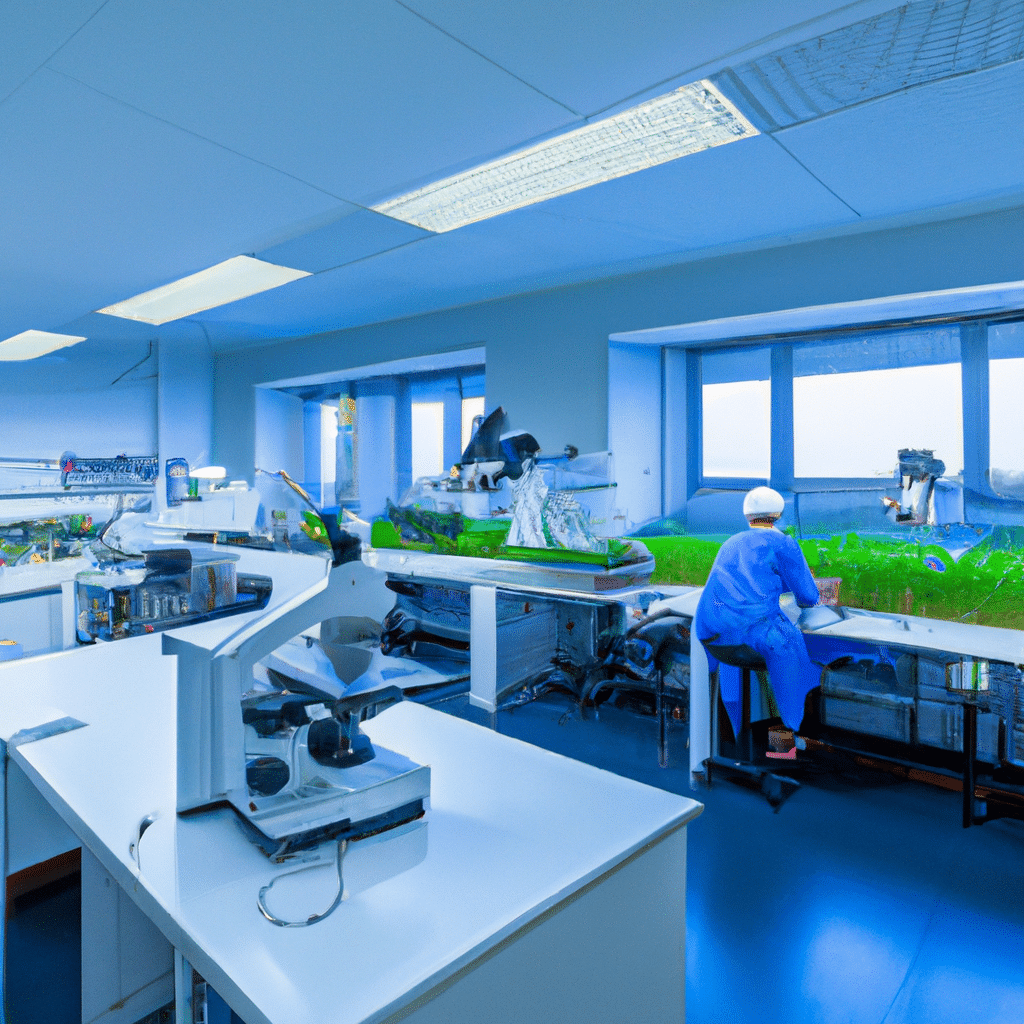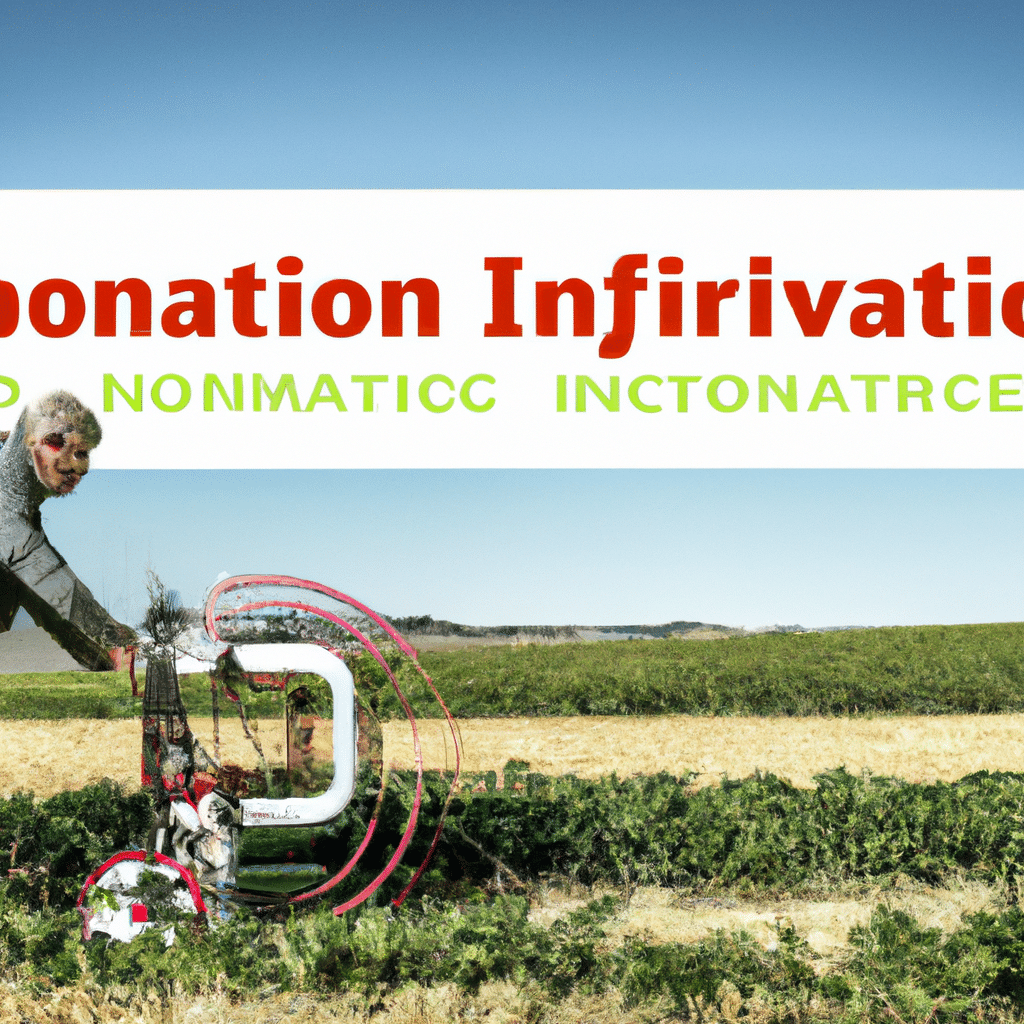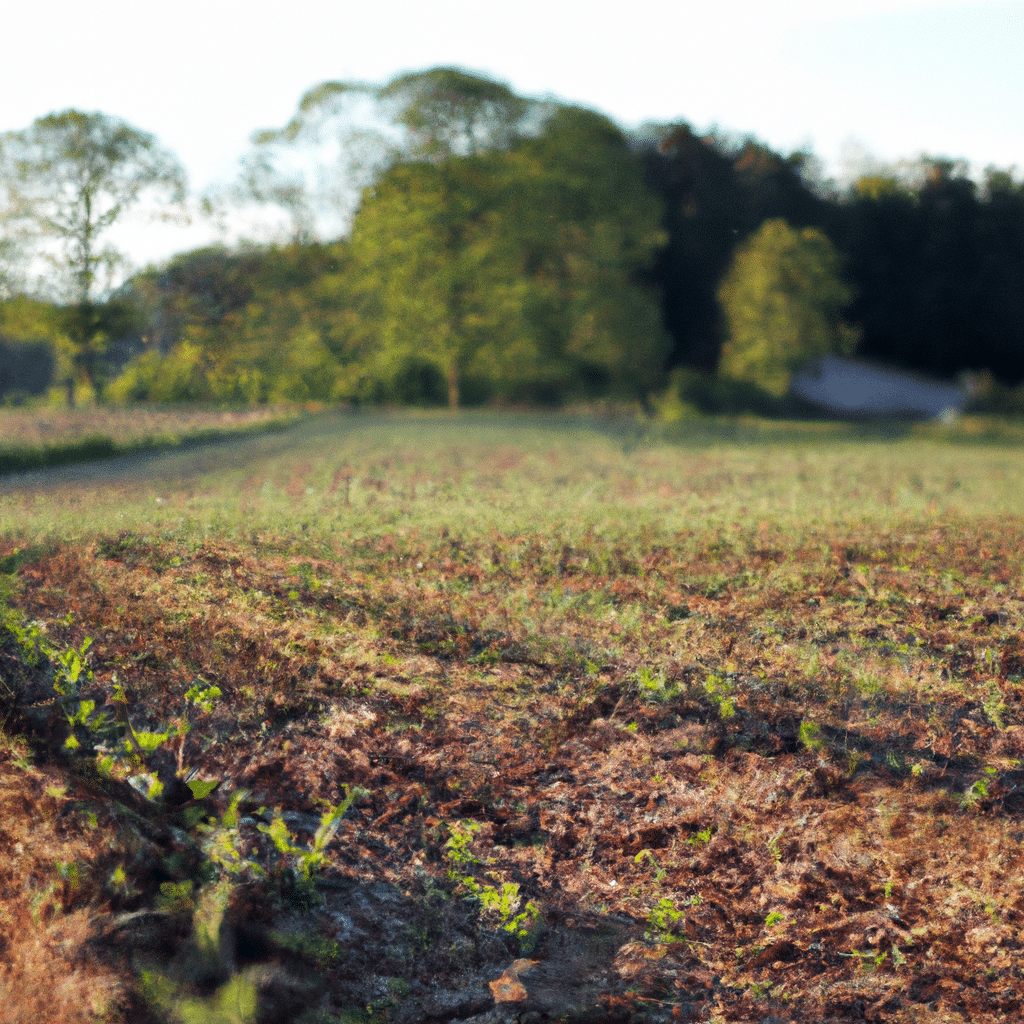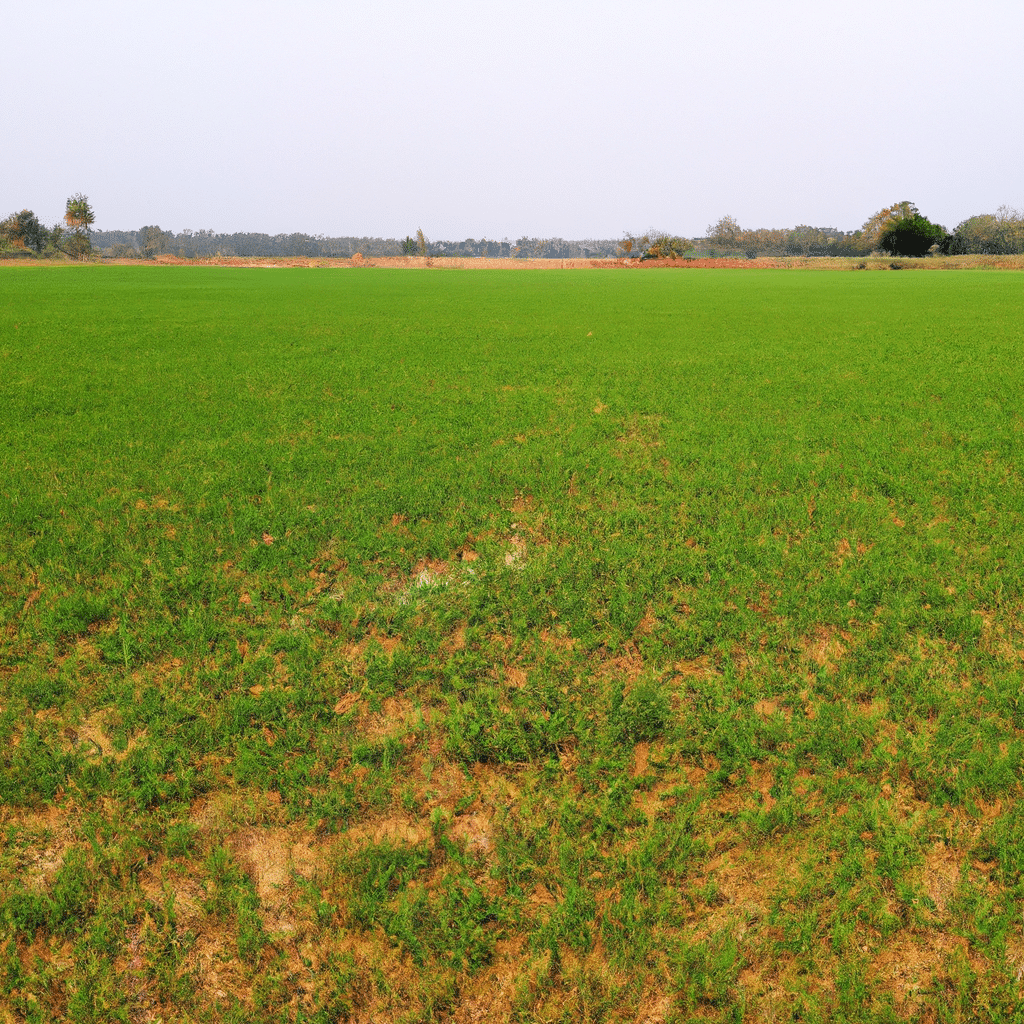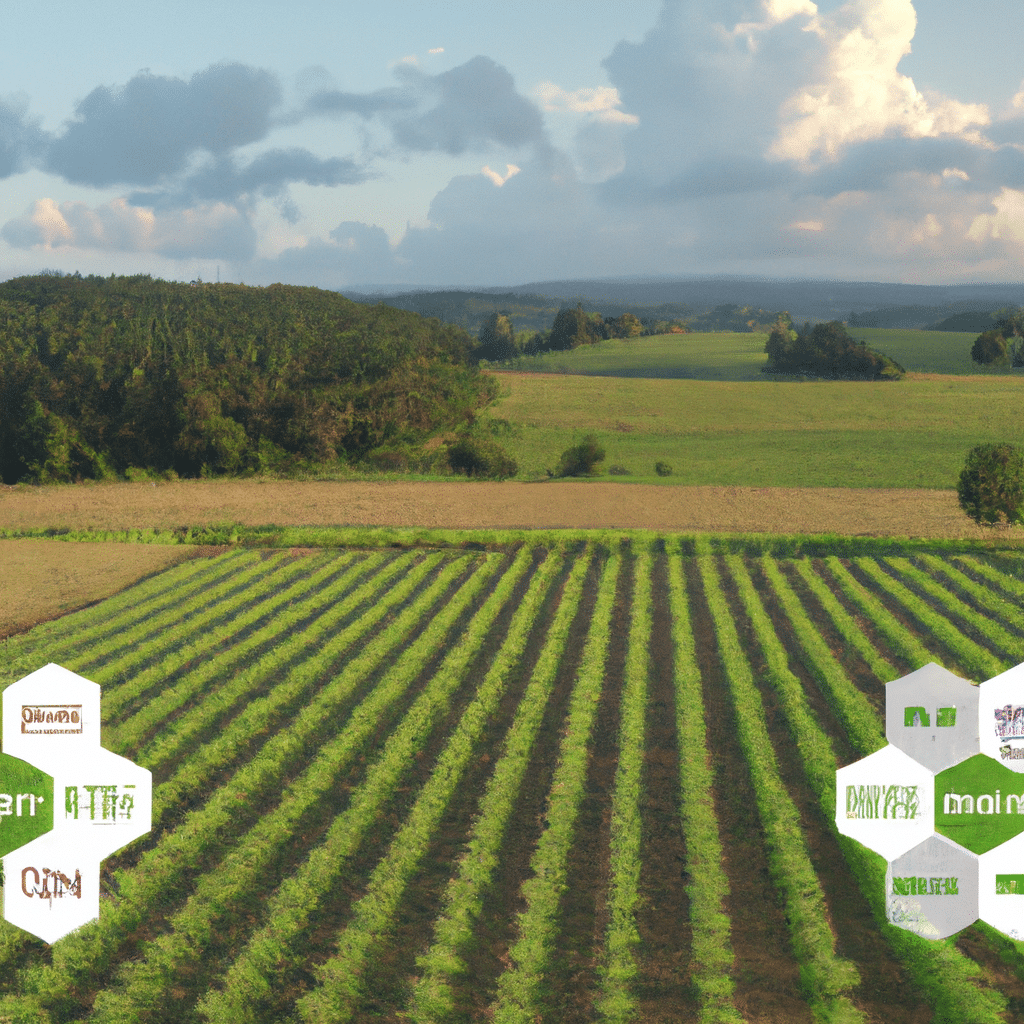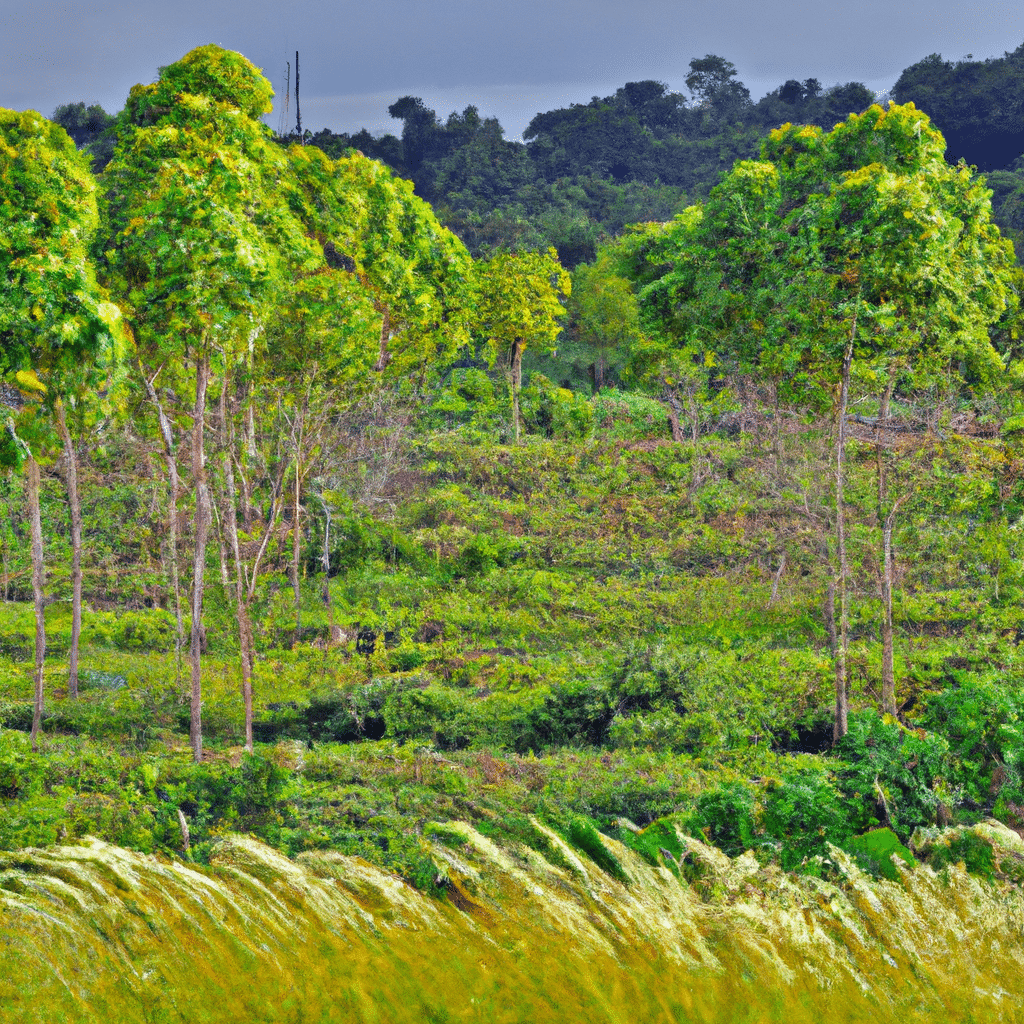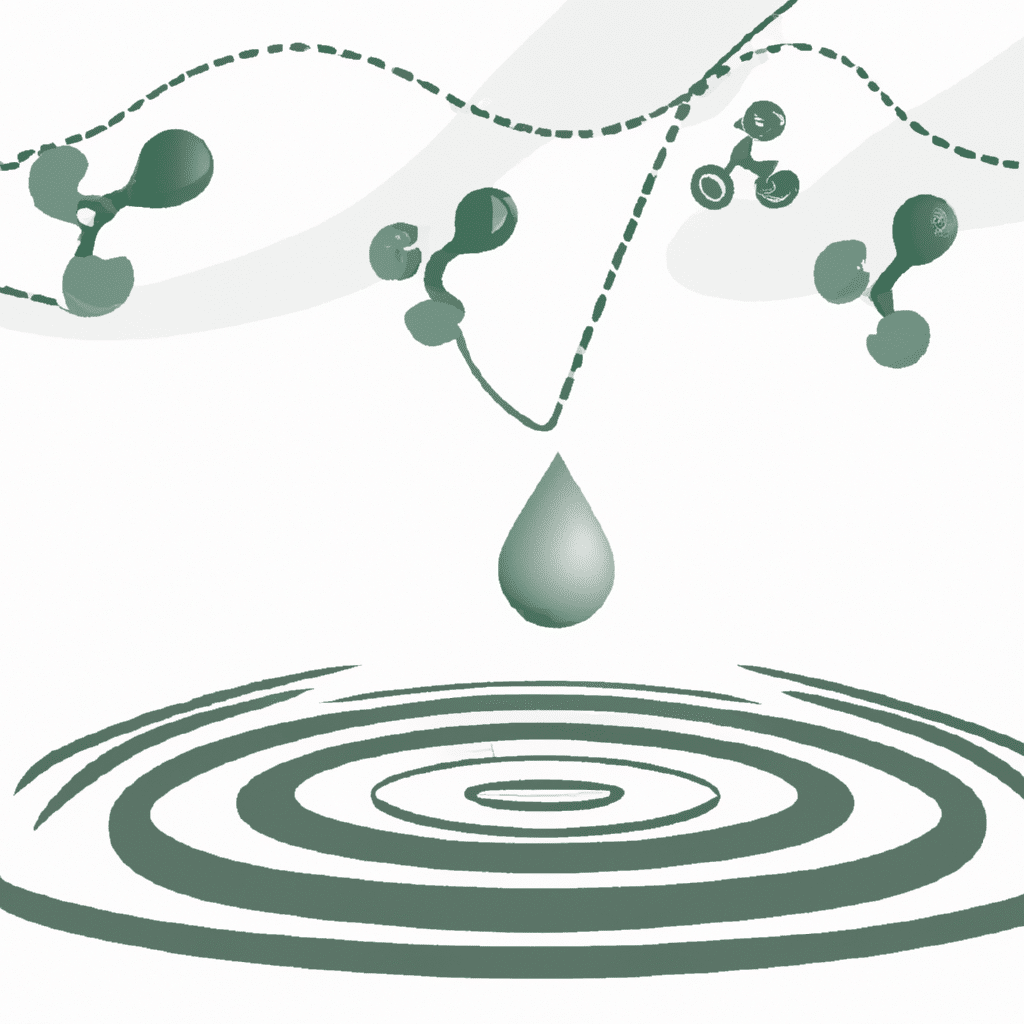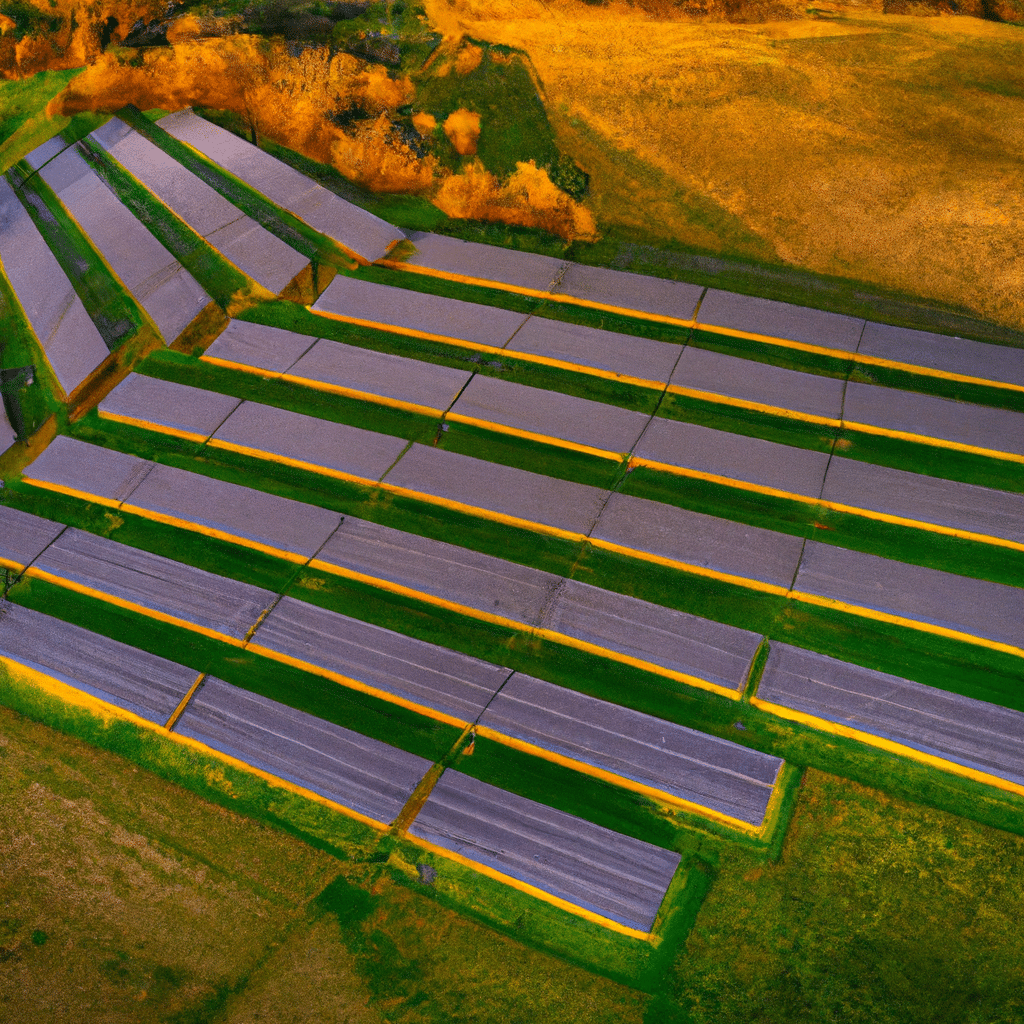In today’s rapidly evolving world, agriculture is undergoing a significant transformation. Technological advancements are revolutionizing the way farmers operate, and regulatory changes play a crucial role in driving these innovations forward. This article explores the intersection of regulatory changes and technological advances in agriculture, highlighting how these factors are unlocking innovation in the industry.
The Impact of Regulatory Changes
Enhancing Sustainability Practices
Regulatory changes have spurred the adoption of sustainable practices in agriculture. With increasing concerns about environmental impact and food safety, governments worldwide are implementing stricter regulations to mitigate these challenges. These regulations push farmers to adopt innovative technologies and techniques that reduce the use of harmful chemicals, conserve water, and promote soil health. For instance, precision agriculture technologies, such as drones and sensors, enable farmers to monitor crop health, optimize fertilizer usage, and minimize waste.
Encouraging Data-driven Decision Making
Regulatory changes are also promoting the use of data-driven decision making in agriculture. Many countries now require farmers to keep detailed records of their operations, including pesticide usage, livestock management, and environmental impact. These regulations have led to the development of sophisticated farm management software and data analytics tools. Farmers can now analyze vast amounts of data to optimize crop yields, improve resource allocation, and make informed decisions about their farming practices.
Technological Advances in Agriculture
The Rise of Robotics and Automation
One of the most significant technological advancements in agriculture is the rise of robotics and automation. Autonomous machines, such as robotic harvesters and weeders, are replacing manual labor, increasing efficiency, and reducing costs. These machines can work tirelessly, day and night, ensuring precise and consistent operations. Moreover, they can perform tasks that may be challenging or dangerous for human workers, such as handling hazardous chemicals or working in extreme weather conditions.
Harnessing the Power of Artificial Intelligence
Artificial Intelligence (AI) is transforming agriculture by enabling predictive analytics and advanced decision support systems. AI algorithms can analyze data from various sources, including weather patterns, soil composition, and historical yield data, to provide farmers with valuable insights and recommendations. For example, AI-powered systems can predict disease outbreaks in crops, optimize irrigation schedules, and identify the most suitable crop varieties for specific conditions. This level of automation and intelligence helps farmers maximize productivity and minimize risks.
Leveraging Big Data and IoT
The integration of Big Data and the Internet of Things (IoT) has revolutionized agriculture by enabling real-time monitoring and control of farming operations. IoT devices, such as soil sensors and weather stations, collect data continuously, providing farmers with accurate and up-to-date information about their fields. This data, combined with advanced analytics, allows farmers to optimize resource allocation, detect anomalies in crop health, and implement precision irrigation and fertilization techniques. Consequently, this leads to improved crop yields, reduced resource wastage, and increased profitability.
The Synergy of Regulatory Changes and Technological Advances
The synergy between regulatory changes and technological advances in agriculture is a driving force behind innovation in the industry. Regulatory changes create a framework that encourages farmers to adopt new technologies, while technological advances provide solutions that help farmers comply with regulations more effectively. This symbiotic relationship fosters a cycle of innovation, as farmers strive to stay ahead by leveraging cutting-edge technologies to meet regulatory requirements and enhance their overall operations.
Conclusion
As the agriculture industry continues to evolve, regulatory changes and technological advances will remain pivotal in unlocking innovation. Stricter regulations push farmers to adopt sustainable practices and embrace data-driven decision making. Simultaneously, technological advancements such as robotics, AI, and IoT provide farmers with the tools they need to comply with regulations and optimize their operations. By embracing this synergy, the agriculture industry can drive further technological advancements, ensuring a sustainable and productive future for farmers and consumers alike.
